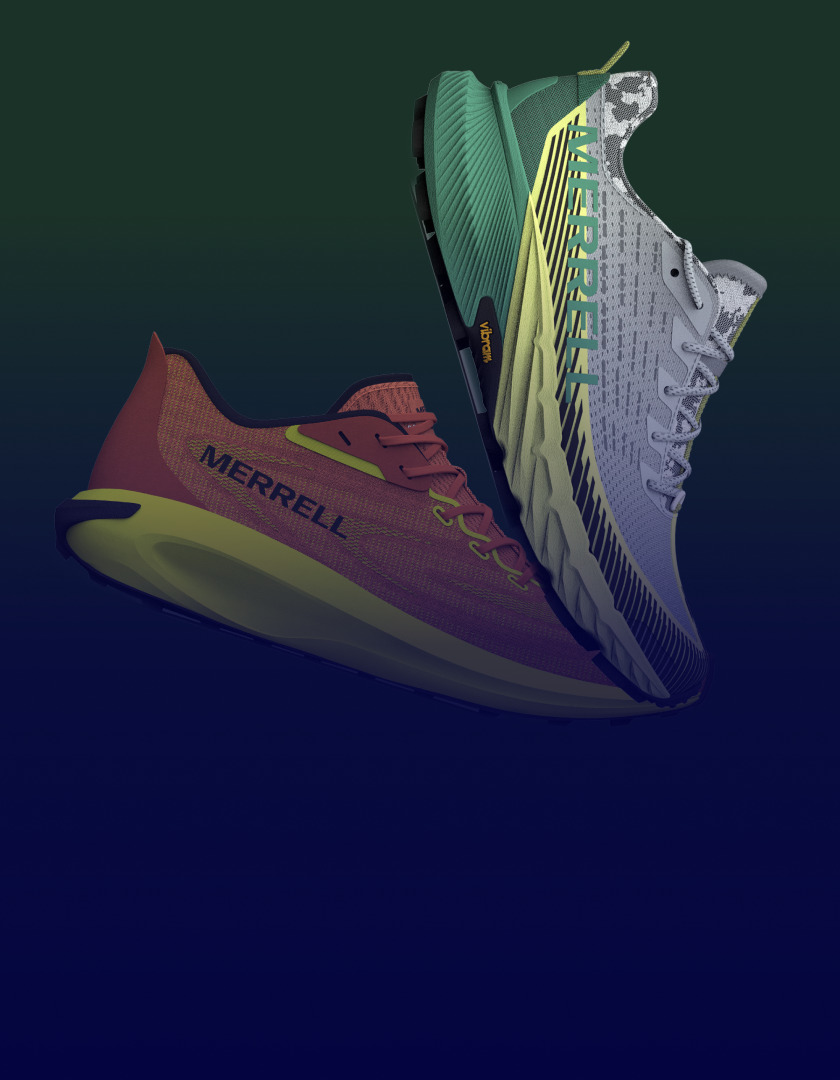PLM vs. ERP Software: Understanding the Differences for Fashion and Retail Brands

As more brands and retailers streamline their operations and seek product innovation, two critical software systems often come into play: Product Lifecycle Management (PLM) and Enterprise Resource Planning (ERP).
Both systems can be integral to business success, yet both serve distinct purposes. In this article, we’ll clarify the differences between PLM and ERP, highlighting their unique benefits and how they can work together to make fashion and retail businesses more efficient, sustainable and profitable.
What is PLM?
Product Lifecycle Management (PLM) is a system designed to manage every aspect of a product’s lifecycle, from initial concept through to production, distribution and eventual retirement. In the context of fashion and apparel, PLM systems are particularly valuable for managing product development, design and trend analysis.
Key Features of PLM in Fashion and Retail
PLM systems in fashion and retail are tailored to handle the complexities of product development. These systems enable designers, product developers and merchandisers to collaborate seamlessly on everything from initial sketches to final product specifications. Some of the key functions include:
- Product Development: PLM facilitates the creation and management of design files, tech packs and other essential documents. It ensures that all stakeholders work with the most up-to-date information, reducing the risk of errors and miscommunication.
- Trend Analysis: PLM systems often include tools for tracking and analyzing trends, enabling brands to stay ahead of the curve and deliver products that resonate with consumers.
- Collaboration: PLM fosters collaboration across departments, ensuring that design, development and merchandising teams are aligned. This collaborative environment helps accelerate the product development process and improve the overall quality of the final product.
PLM is indispensable for managing the entire lifecycle of a fashion product. From concept to consumer, PLM systems provide a centralized platform where all product-related data is stored and accessible. This centralization enhances transparency, improves decision-making and ultimately speeds up the time to market. For fashion and retail brands, PLM is the backbone of product innovation and development.
Benefits of PLM in Fashion and Retail Industries
Enhanced Product Innovation:
- PLM enables brands to innovate faster by streamlining the design and development process. It allows for quick iterations and adjustments, ensuring that products meet market demands.
Improved Collaboration:
- PLM fosters collaboration among design, development and merchandising teams, ensuring everyone is aligned and working towards the same goals.
Better Management of Product Data:
- PLM systems centralize all product-related data, making managing and accessing information easier. This centralization improves decision-making and reduces the risk of errors.
Adaptability to Market Changes:
- PLM enables brands to respond quickly to market changes and consumer demands by providing the tools to adjust designs and products in real-time.
What is ERP?
Enterprise Resource Planning (ERP) is a comprehensive software system that integrates various business processes across an organization. In fashion and retail, ERP systems manage core operations such as inventory management, supply chain logistics, finance, human resources and sales.
Key Features of ERP in Fashion and Retail
ERP systems are designed to streamline and optimize business operations by providing a unified platform for managing transactional data. Key functions include:
- Inventory Management: ERP systems offer real-time visibility into inventory levels, helping brands maintain optimal stock levels, reduce waste and avoid stockouts.
- Supply Chain Operations: ERP integrates supply chain management, enabling brands to coordinate with suppliers, manage orders and ensure timely product delivery.
- Financial Management: ERP systems handle accounting, payroll and financial reporting, ensuring compliance and providing insights into the business’s financial health.
- Human Resources: ERP supports HR functions such as recruitment, employee management and payroll processing, helping businesses manage their workforce efficiently.
ERP systems are vital for integrating and managing the core business processes that keep a retail operation running smoothly. ERP helps businesses make informed decisions, optimize operations and improve profitability by providing real-time access to critical data. For fashion and retail brands, ERP is the foundation of operational efficiency and business growth.
Benefits of ERP in Fashion and Retail Industries
Streamlined Business Operations:
- ERP integrates various business processes, reducing redundancies and improving overall efficiency.
Enhanced Data Accuracy:
- By providing real-time access to data, ERP systems ensure that all business decisions are based on accurate and up-to-date information.
Improved Financial Management:
- ERP systems streamline financial processes, making it easier to manage accounts, generate reports and ensure compliance with regulations.
Efficient Supply Chain Management:
- ERP provides visibility into the entire supply chain, enabling brands to optimize inventory levels, reduce waste and improve delivery times.
Key Differences Between PLM and ERP
While both PLM and ERP are essential to the success of fashion and retail businesses, they serve different purposes and cater to different aspects of business operations.
Focus Areas
- PLM: Focuses on product innovation and development; primarily concerned with the front-end design, development and trend forecasting processes.
- ERP: Focuses on business operations; concerned with the back-end processes such as logistics, inventory management and financial management.
Data Management
- PLM: Manages product-related data, including design files, tech packs and trend reports.
- ERP: Manages transactional data, including sales orders, inventory levels and financial records.
Users
- PLM: Typically used by designers, product developers and merchandisers involved in the product lifecycle’s creative and development phases.
- ERP: Typically used by supply chain managers, finance teams, HR and retail operations teams who are involved in the execution and management of business processes.
Timing
- PLM: Front-end focused, dealing with the early stages of the product lifecycle, including trend forecasting, design and development.
- ERP: Back-end focused, dealing with the later stages of the product lifecycle, including logistics, inventory management, sales and financial management.
How PLM and ERP Complement Each Other in Fashion and Retail
While PLM and ERP serve different functions, they are not mutually exclusive. When integrated, they complement each other and provide a comprehensive solution that enhances efficiency across the entire business.
Integration Benefits
Integrating PLM and ERP systems ensures a seamless data flow from product development to retail operations. This integration eliminates data silos, improves communication between teams and enhances decision-making by providing a holistic view of the business.
Improved Decision-Making
With integrated PLM and ERP systems, brands can leverage comprehensive data insights spanning the entire product lifecycle. This enables better decision-making, from design and development to inventory management and sales forecasting.
Enhanced Efficiency and Productivity
By integrating PLM and ERP, businesses can reduce the time spent on manual data entry and team coordination, improving productivity and allowing brands to focus on innovation and growth.
Elevate Your Brand with Centric Software
PLM and ERP systems both play crucial roles in the success of fashion and retail businesses. While PLM focuses on product innovation and development, ERP is essential for managing business operations. By understanding the differences between these two systems and how they complement each other, brands can decide which tools best suit their needs.
Centric’s PLM solutions are designed to help fashion and retail businesses optimize their product lifecycle management, ensuring that they stay ahead of the competition and deliver products that resonate with consumers.








